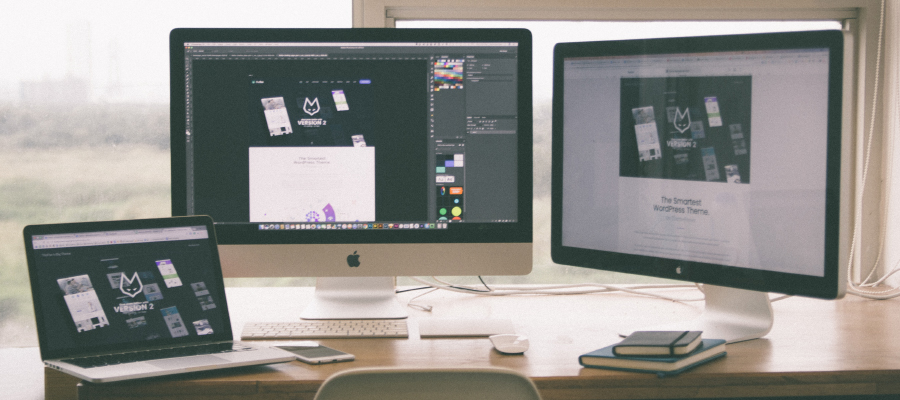4 new websites every second - that is the tremendous statistic doing rounds and it hardly sounds unbelievable. Of course, many of them die out. Now, what makes the one that stick around for the long haul? How to build awesome sites? Great content and even catchier design go hand in hand.
While overall design is important, it is the individual elements of design that have to be in sync. And what you do after you publish the content matter to. What grips most website owners with fear is the fear of programming. The fear of writing code.
Here are some basic tenets that all sites with good design should follow with pointers to specific tools that get programming out of the equation.
Cohesive and comprehensive
One design element of your website can't be looking at London while the other is talking to Tokyo. That “all of them have to come together as one unit” is one of the fundamental ways to build a website. It is very easy to get carried away by the various design options available out there. If you pick different things from different places, it is very likely that you will end up with a hotchpotch of design on your site. What you want then is one place to get the most important elements that you will need from your login form to your rating tab. Fortunately, you don't have to look too hard and there are resources like UI kits that help you put various design elements together in a jiffy. And hey, they are free too!
Keep your target audience in mind
Having said that you will still need to cater to the likes and dislikes of your target audience. For example, you can't have the traditional Times Roman and Arial fonts for a site that has a hip and young audience. You will need a font set that is more trendy like this one. It is slick and easy on the eye. What more could you ask for? Oh of course yes, it is free too.
Do not compromise on what you think is right
Sometimes you have all you want but cannot find that just right call-to-action button or collection of icons or the login page is not as customised as you would like it to be. It is a frustrating process to look for the exact thing you are looking for. Which is why when you find links to free tools like the above, it is a good idea to have them in store. You never know which one will come in handy.
The all-important images
To catch the visitor's eye and to keep them there, images are a must-have. However, the problem is that you neither want to use stock images because they look lame and boring; nor do you want them to be of low quality because an amateur clicked them. But, you know what? The Internet is full of things that make the impossible possible; full of tools that make an rookie into a decent enough amateur. Without spending much it is possible to learn say techniques to click good macro photographs and to handle some of the photo-edits too – from removing blemishes to making images crisper.
Use what already exists
As a good website designer, you don't want to use stock images but you should certainly use templates that are ready for use. From templates designed for magazines to those for fashion to those specifically made for photographers' websites, you will find a template that let's you get started. While any tool worth its salt will allow you to customize the template, it will offer a lot of variety to pick from in the first place. Do note that all of this will require zero to minimum coding.
Socialize
While we aren't referring to letting the party animal in you loose, you will have ample time and money left to socialise in the real word, if you use some of the resources out there. Creating content is the first step. Putting it together with a good design, is the next. The third pole of this tripod is to put the content out there. There are tools made available for free that allow you to publicise your content on the most popular social media platforms like Twitter, LinkedIn and so on.
What seems like a Herculean task is made simple and freely available by tools, plugins and guides out there. It is all about going out there and looking for ways to build websites. It is also about grabbing the opportunity and getting them in your virtual toolbox when they are free.

























